New Zealand Standing in front of Lake Rotomairewhenua, Thu Thuy was "frozen" by the amazing clarity of the water surface.
Nguyen Thi Thu Thuy, currently in New Zealand, took a long trip to Rotomairewhenua, the lake considered "the clearest in the world " from January 14-16, 2022.
Lake Rotomairewhenua or Blue Lake is located in Nelson National Park. According to Stuff , New Zealand's largest newspaper, the lake was discovered in 2011 and holds the title of "The Clearest Lake in the World" with visibility of 80 meters underwater.
Thu Thuy started her walk with her 13-year-old son at 7am from her home in Christchurch. The journey from her home to the lake takes about 2-4 days. The road goes through mountain peaks and forests. After 5 hours of walking, they arrived at the water taxi station to cross to the other side. The residential area on the shore is sparse, with about 20 scattered households, and there is no phone or wifi signal, so People still use landline phones.
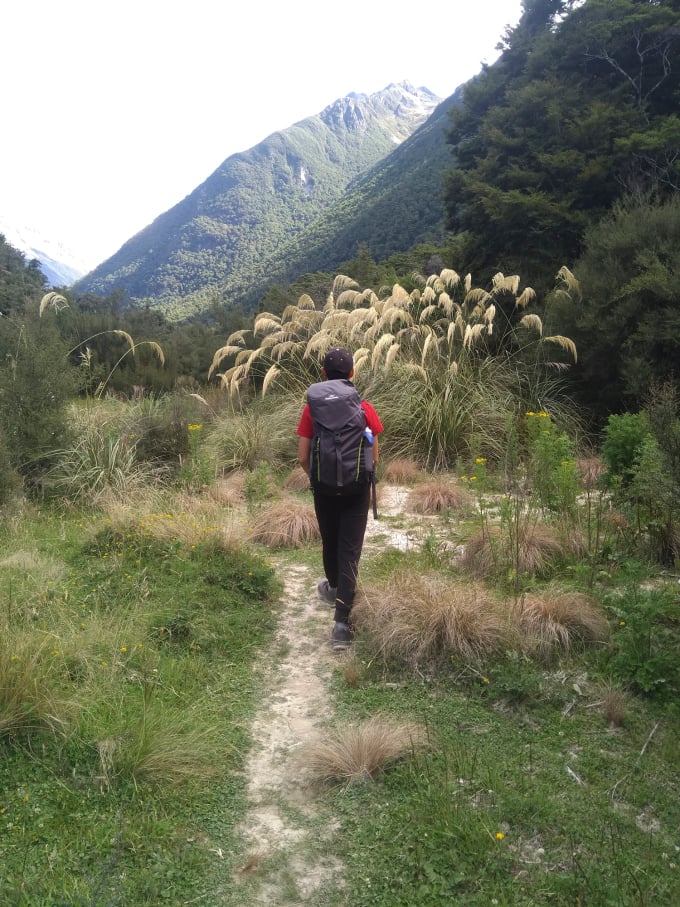
Thuy's son on the way to the clearest freshwater lake in the world.
On the other side, there are two huts in the forest. If Thuy does not take the water taxi, she will save about 35 NZD (500,000 VND) but will have to walk a day to get to the first hut (Sabin hut). Thuy does not stay overnight at Sabin hut but goes straight to West Sabin hut to shorten the time to get to the lake.
The path to the hut was initially quite beautiful but gradually became more difficult, going up and then suddenly falling down. At times, the mother and daughter had to cross small streams and climb over rocks that had been eroded by avalanches since winter. Some sections of the path were so high and dangerous that Thuy did not dare to look down. The space also changed rapidly.
"Sometimes, while walking in the cool forest, the road pushes us out into the sweaty summer sun," she said.
Although the sign said the hike would take about five hours, it took Thuy nearly seven hours to reach her accommodation. By the time she reached West Sabin Hut, it was 7 p.m. and the sun was almost gone.
They had dinner together, chatting with other guests in the hut. Everyone asked each other about the trip, about life. The hut was filled with laughter, in contrast to the quiet, fresh space outside. In the middle of the forest, there was no phone signal, no Internet, just chatting and eating.
"Basic human needs are just that, enough food, shelter, safety and connection with each other," she shared.
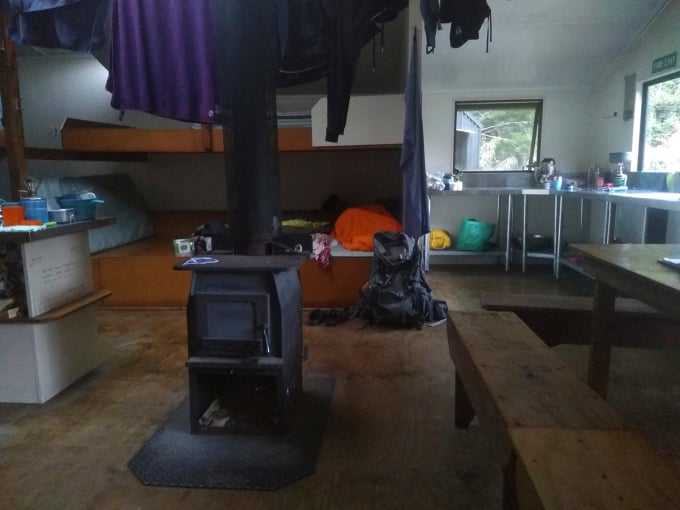
The bedroom in the hut is shared by many people.
Around 9pm, the sun was still on this side of the mountain. On the other side, the crescent moon was already high in the sky. The sound of the stream became clearer as everyone finished talking and went to bed.
The next morning, Thuy and her mother set off for Lake Rotomairewhenua. The journey continued through many areas of landslides. There were many sections without trees, so Thuy had to expose her head to the sun, which made her tired faster.
After crossing about 6 landslide areas, they came to a large dry stream. Thuy's son wanted to experience cooking in the stream like in the survival videos , so they found a large shady rock and sat down to boil water to eat the dried food package for mountain climbers. Cooking in the middle of the forest with stream water brought a new feeling to Thuy, like living the way of our ancestors.
They crossed the dry stream and entered the forest. The trees near the top of the mountain were low and their canopies were not wide but they provided enough shade for passersby. The higher you go, the smaller the trees become. When there is only grass and tufts of grass as high as a man, Lake Rotomairewhenua appears.
The lake is like a jade cup hidden in the deep mountains. Only lucky and patient people can see it, Thuy said . The other side of the lake is surrounded by many large rocks and cliffs. Between the rocks are small low pine forests and further away, tall trees.
The lake edge has many small algae species that combine with the light to create a green color. Deeper, the water gradually turns turquoise and blue in the middle of the lake. Some areas have light and dark yellow algae creating a yellow mottled water color.
Standing at the edge of the lake, the female tourist can see all the way to the bottom, clearly seeing the colorful moss plants. Thuy said that according to the regulations, no one is allowed to step near the edge of the lake or dip anything in to protect the purity of the water.
In the past, according to Maori (native New Zealand) tradition, the lake was used in rituals to cleanse the bones and free the souls of the dead, so they could begin their journey to Hawaiki (the underworld in ancient Maori stories).
Lake Rotomairewhenua is for men and Lake Rotopōhueroa (formerly known as Lake Constance) is for women. Lake Rotopōhueroa is high up and feeds Lake Rotomairewhenua, hence the name Mother Lake. The walk from Lake Rotomairewhenua to Rotopōhueroa takes about 45 minutes. However, the weather was quite hot so she and her mother decided not to go.
Lake Rotomairewhenua is not very big, it takes about 20 minutes to walk from one end to the stream that feeds the lake at the other. The water is clear and pure as if it has been filtered a thousand times.
While Thuy was wandering around the lake, the hut manager called out and reminded her not to go near the edge to avoid disturbing the algae there. The female manager told Thuy that she had been working at the hut for more than a month. Every 10 days, she went down the mountain for 4 days off and brought her own food and personal belongings. Her job was to manage the hut and collect biodiversity statistics in the area. She liked her job because she got to see the beautiful lake every day, live in the peaceful mountains and forests, and meet many people who love the mountains and forests.
Leaving Lake Rotomairewhenua, Thuy returned to the hut to rest before returning home early the next morning. Time to return to the water taxi station quite quickly, perhaps because Thuy was familiar with the road. At 2 p.m., the wheels were rolling on the water again. She felt happy to spend a few days living in the peace of the mountains and forests as well as completing the challenge with her young son.
Tu Nguyen
Source link





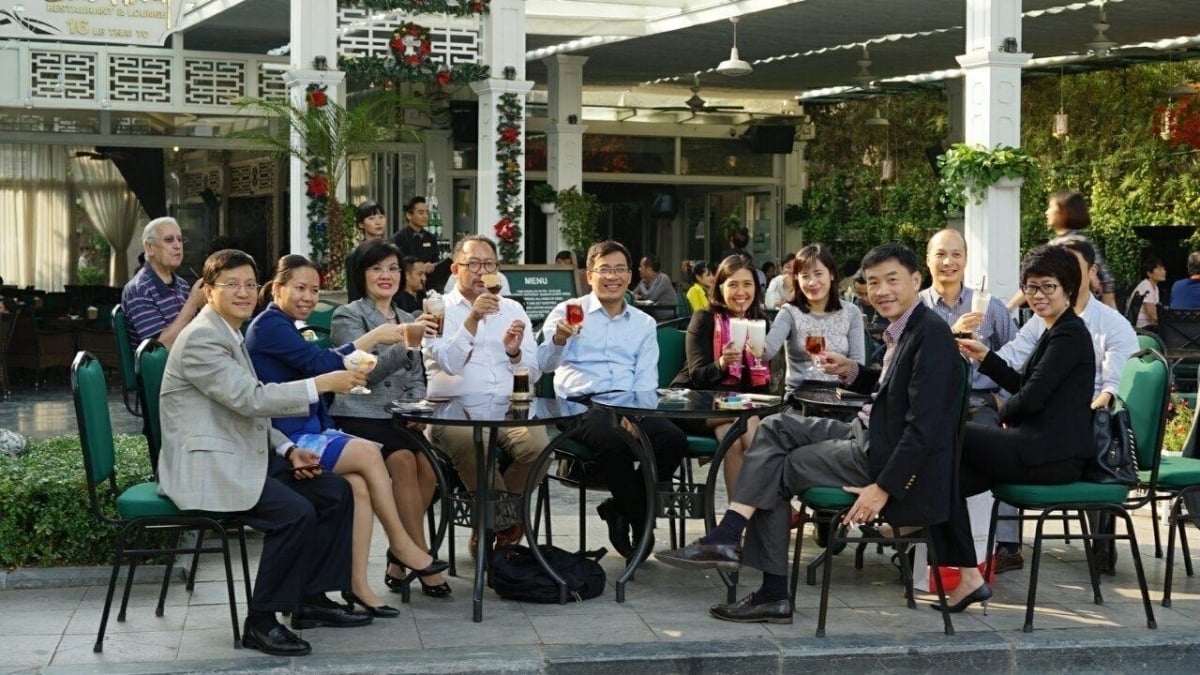
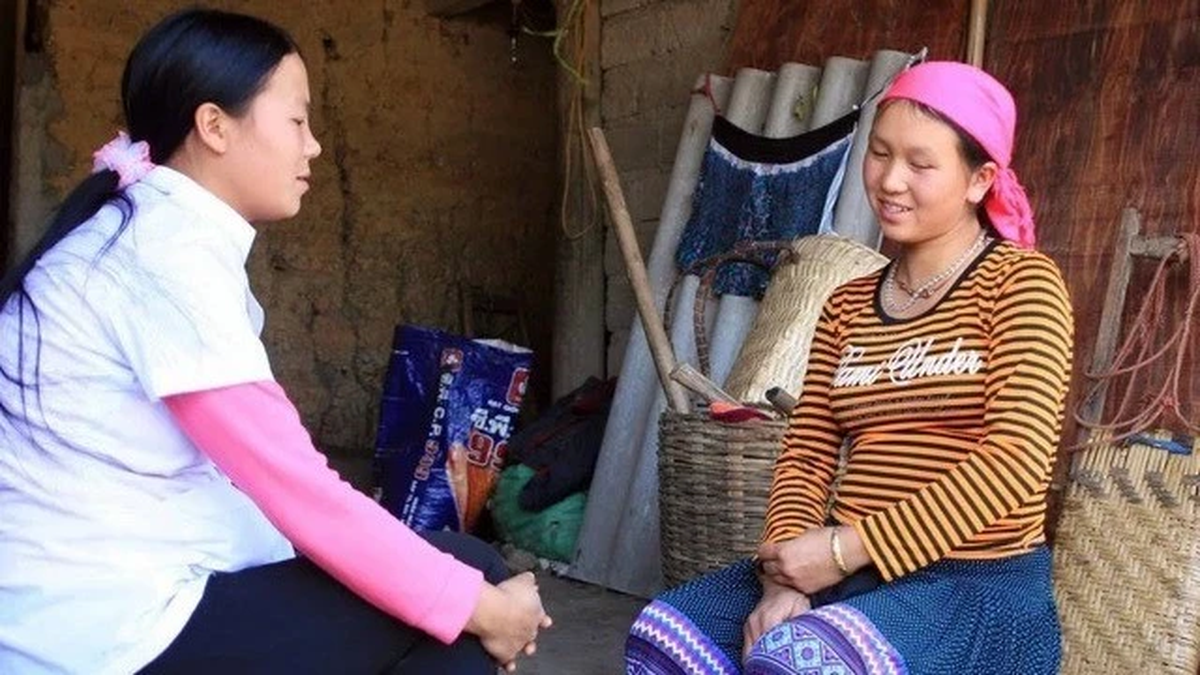




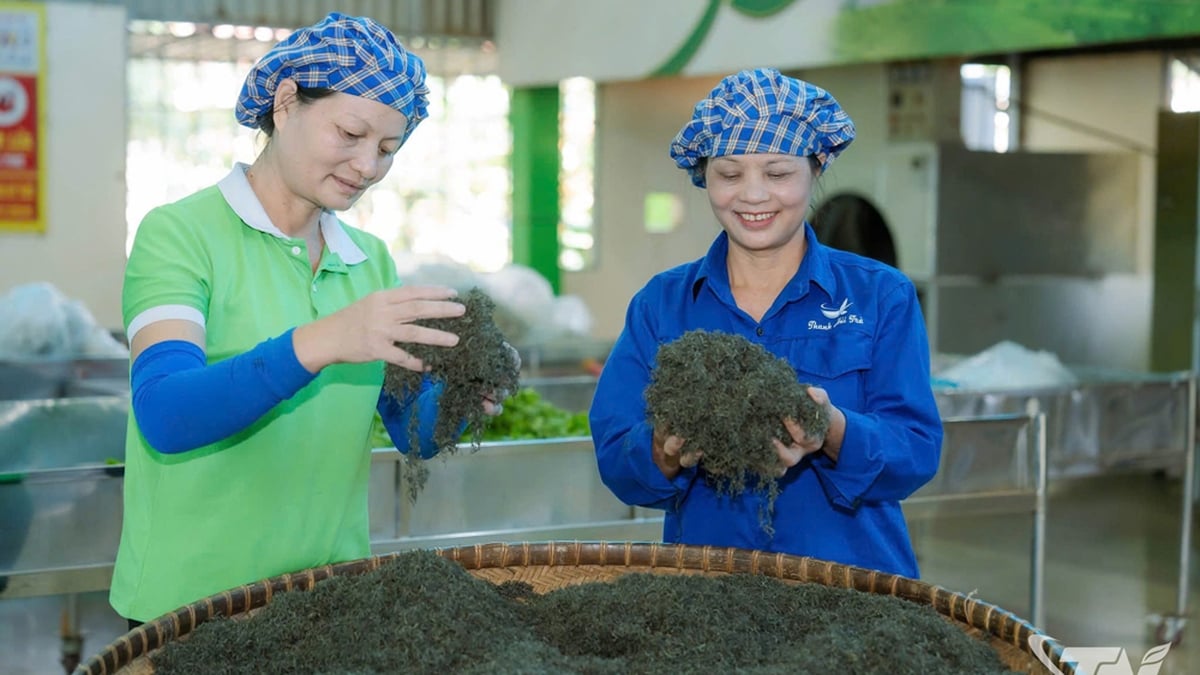






















































































Comment (0)